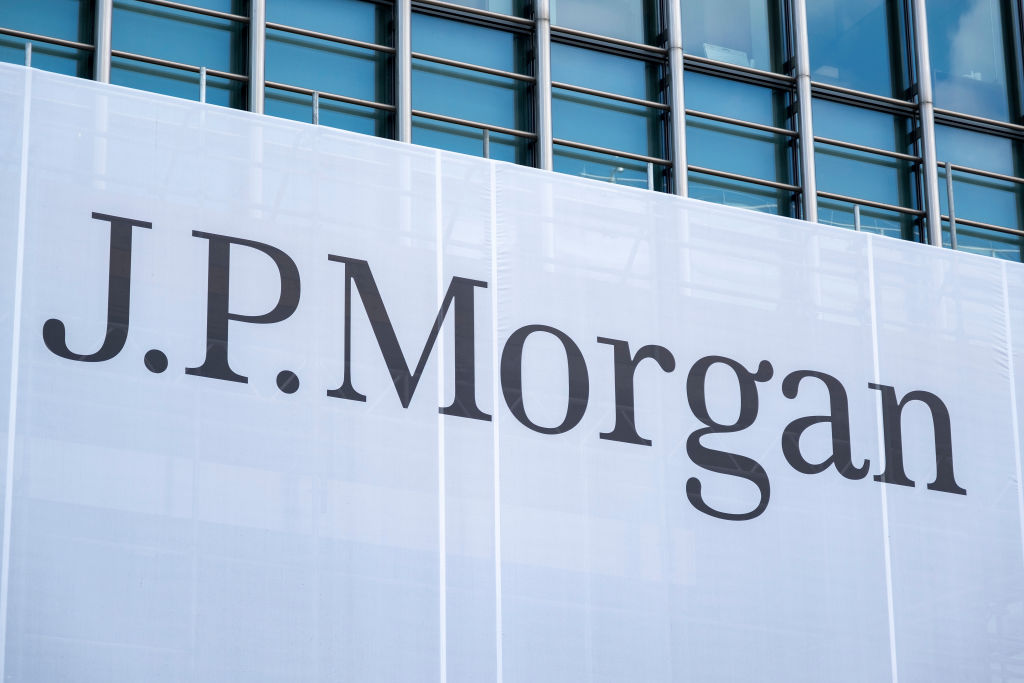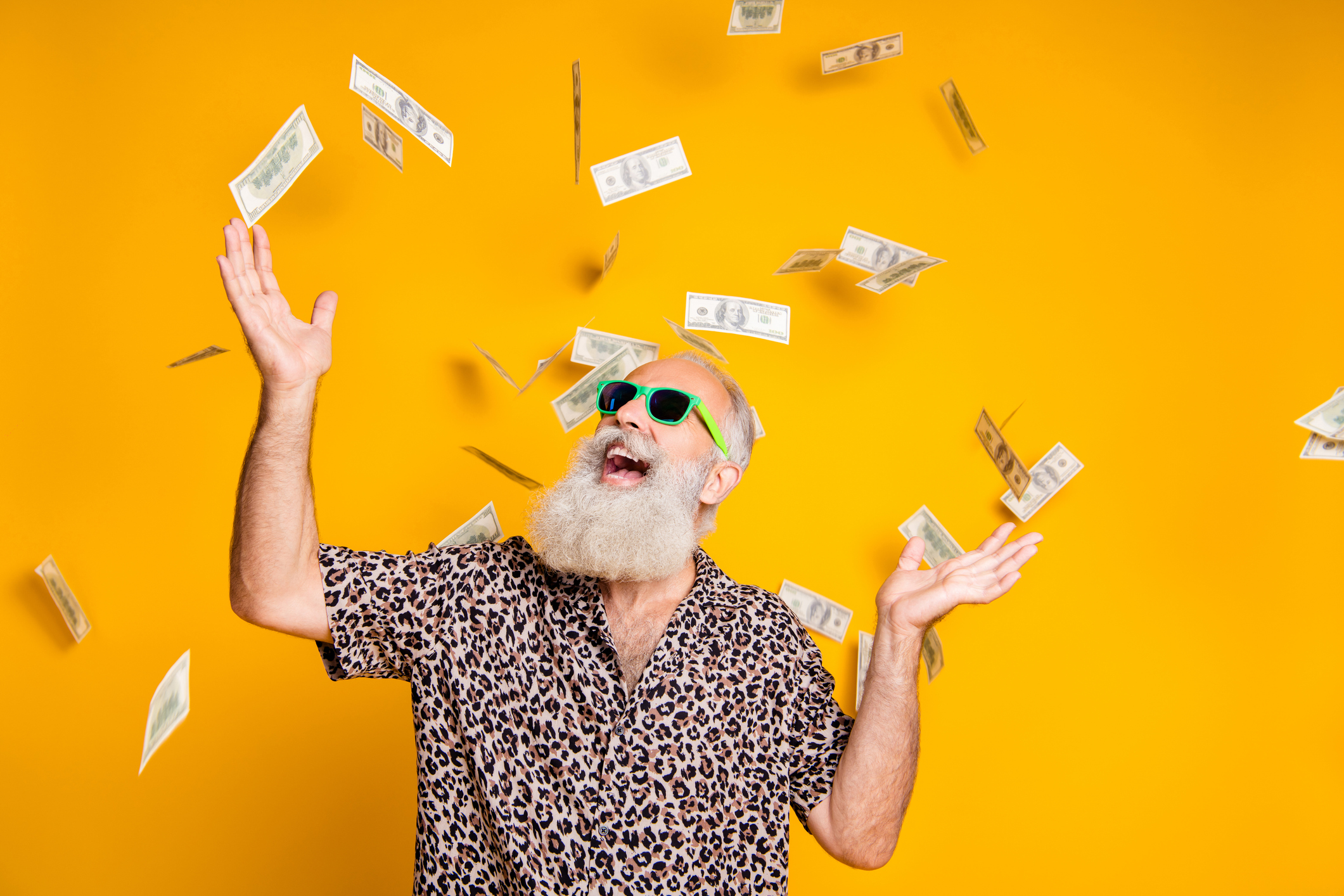How This JPMorgan Factor Fund Keeps Up With the Broad Market
The JPMorgan U.S. Quality Factor ETF picks stocks based on profitability criteria and boasts a similar return as the S&P 500 but with less volatility.


Factor funds can be tricky. These funds, which aim to capitalize on certain market attributes or themes, don't always seem to work if the market moves too quickly.
But we've noticed something about the JPMorgan U.S. Quality Factor (JQUA) fund, a member of the Kiplinger ETF 20, our favorite cheap ETFs you can buy. The exchange-traded fund has kept pace with the S&P 500 index over most time frames, and it has been a smidge less volatile. Over the past five years, the fund's 13.3% annualized return eked past the 13.2% gain in iShares Core S&P 500 (SPY), an S&P 500 index ETF, with less volatility.
What's the difference between the two funds? The iShares ETF holds all of the large-company stocks in the S&P 500, which are picked by a committee at S&P Dow Jones Indices. The selection process favors companies that meet certain criteria, such as company size, positive earnings and a sufficient percentage of shares available for public trading.
From just $107.88 $24.99 for Kiplinger Personal Finance
Become a smarter, better informed investor. Subscribe from just $107.88 $24.99, plus get up to 4 Special Issues

Sign up for Kiplinger’s Free Newsletters
Profit and prosper with the best of expert advice on investing, taxes, retirement, personal finance and more - straight to your e-mail.
Profit and prosper with the best of expert advice - straight to your e-mail.
But JPMorgan U.S. Quality Factor ETF holds just 250-odd stocks and starts with a broader index, the Russell 1000, which means more midsize firms are in the mix. Companies in the Quality Factor fund have an average market value of $112 billion, according to financial data firm Morningstar. (By contrast, stocks in the Core S&P 500 ETF have an average market value more than double that, $278 billion.)
Finally, companies in the Quality Factor ETF must pass muster for a variety of profitability criteria (such as return on equity), solvency (such as cash flow relative to debt) and earnings quality (such as the ratio of a firm's balance sheet to its average total assets over the past year).
Despite their differences, the two funds share similar top-10 holdings, including some of the usual suspects: Meta Platforms (META), Alphabet (GOOGL), Nvidia (NVDA) and Microsoft (MSFT). But about one-third of the holdings in U.S. Quality Factor ETF aren't in the S&P 500 index. Some of those stocks, including home goods retailer Williams-Sonoma (WSM) and cybersecurity software maker CrowdStrike Holdings (CRWD), have more than doubled in price over the past 12 months.
Note: This item first appeared in Kiplinger Personal Finance Magazine, a monthly, trustworthy source of advice and guidance. Subscribe to help you make more money and keep more of the money you make here.
Related content
Profit and prosper with the best of Kiplinger's advice on investing, taxes, retirement, personal finance and much more. Delivered daily. Enter your email in the box and click Sign Me Up.

Nellie joined Kiplinger in August 2011 after a seven-year stint in Hong Kong. There, she worked for the Wall Street Journal Asia, where as lifestyle editor, she launched and edited Scene Asia, an online guide to food, wine, entertainment and the arts in Asia. Prior to that, she was an editor at Weekend Journal, the Friday lifestyle section of the Wall Street Journal Asia. Kiplinger isn't Nellie's first foray into personal finance: She has also worked at SmartMoney (rising from fact-checker to senior writer), and she was a senior editor at Money.
-
 How to Max Out Your 401(k) in 2026 (New Limits are Higher)
How to Max Out Your 401(k) in 2026 (New Limits are Higher)In 2026, the maximum contribution limits for 401(k) plans have increased, giving you an excellent shot at maximizing your retirement savings.
-
 Don't Trade After-Hours Without Reading This
Don't Trade After-Hours Without Reading ThisAre you a night owl or an early bird with a yen for active trading? Before you transact after-hours, consider these tips and potential traps.
-
 8 Ways to Declutter Your Life: Retirement 'Non-Resolutions'
8 Ways to Declutter Your Life: Retirement 'Non-Resolutions'Here's how to stop wasting your energy on things that don't enhance your new chapter and focus on the things that do.
-
 Don't Trade After-Hours Without Reading This
Don't Trade After-Hours Without Reading ThisAre you a night owl or an early bird with a yen for active trading? Before you transact after-hours, consider these tips and potential traps.
-
 8 Practical Ways to Declutter Your Life in 2026: A Retirement 'Non-Resolution' Checklist
8 Practical Ways to Declutter Your Life in 2026: A Retirement 'Non-Resolution' ChecklistHere's how to stop wasting your energy on things that don't enhance your new chapter and focus on the things that do.
-
 To Retire Rich, Stop Chasing Huge Returns and Do This Instead, Courtesy of a Financial Planner
To Retire Rich, Stop Chasing Huge Returns and Do This Instead, Courtesy of a Financial PlannerSaving a large percentage of your income, minimizing taxes and keeping spending in check can offer a more realistic path to retiring rich.
-
 New Year, New Retirement Rules: Here's How You Can Keep Up as the Landscape Changes
New Year, New Retirement Rules: Here's How You Can Keep Up as the Landscape ChangesFor a successful modern retirement, prepare for a longer life, manage high health care costs and prioritize your social life and purpose.
-
 Stocks End Volatile Year on a Down Note: Stock Market Today
Stocks End Volatile Year on a Down Note: Stock Market TodayAfter nearing bear-market territory in the spring, the main market indexes closed out the year with impressive gains.
-
 I’m 45 and I’ve Barely Invested in the Stock Market. I Recently Inherited $50,000. What Should I Do?
I’m 45 and I’ve Barely Invested in the Stock Market. I Recently Inherited $50,000. What Should I Do?What should you do with a big inheritance? We asked a financial expert for advice.
-
 A Contrarian Approach Pays Off for This Bond Fund
A Contrarian Approach Pays Off for This Bond FundThe Dodge & Cox Income Fund has outperformed in 2025 thanks to its managers' fearless approach.
-
 7 Outrageous Ways Retirees Can Invest Their Money in 2026
7 Outrageous Ways Retirees Can Invest Their Money in 2026Stocks and bonds aren't the only ways to invest your retirement "fun money."